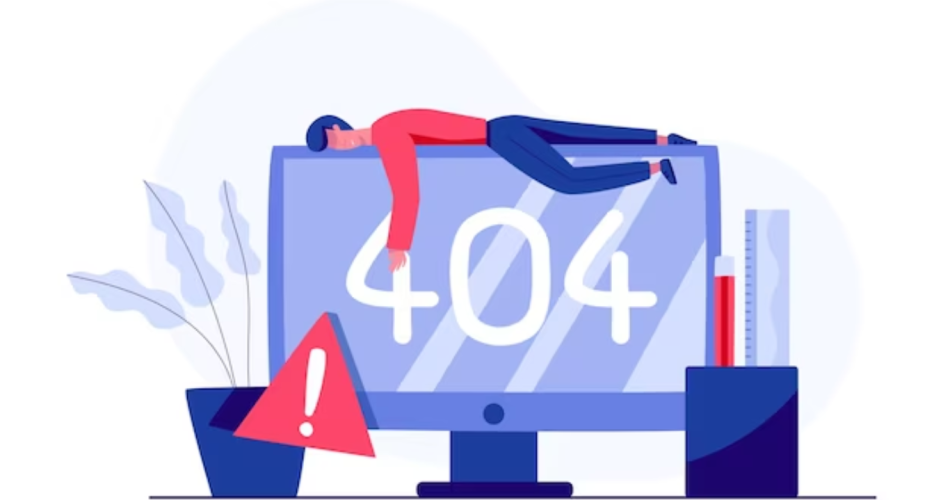Website downtime can be a nightmare for businesses, causing lost revenue, damaged reputation, and frustrated users. Fortunately, by implementing proactive measures–like choosing a reliable web hosting provider–you can significantly reduce the risk of downtime and ensure a seamless online experience for your audience.
In this blog post, we will explore practical strategies to prevent website downtime and provide you with valuable insights on maintaining a reliable website.
1. Choose a Reliable Hosting Provider Like Kwikaweb
Selecting a reputable hosting provider is crucial for maintaining a stable and reliable website. Look for providers that offer advanced infrastructure, reliable server maintenance, and round-the-clock monitoring.
A reliable hosting provider ensures maximum uptime and minimizes the risk of downtime, allowing you to focus on growing your business.
2. Implement Robust Security Measures
Cybersecurity threats can compromise your website’s availability. Protect your website against potential attacks by using firewalls, SSL certificates, and implementing strong password policies. Regularly update your website’s software and plugins to patch security vulnerabilities.
Implementing robust security measures will help safeguard your website and prevent unauthorized access, ensuring uninterrupted operation for your users.
3. Regularly Update and Test Your Website
Outdated software or plugins can lead to vulnerabilities and crashes, resulting in downtime. Stay proactive by regularly updating your website’s core software, themes, and plugins. Before implementing updates, perform thorough testing to ensure compatibility and stability.
Regular updates and testing will help keep your website running smoothly and minimize the risk of unexpected downtime.
4. Backup Your Website Regularly
Data loss can occur due to various reasons, including hardware failures, human error, or security breaches. Regularly backup your website to mitigate the impact of potential downtime. Implement automated backup solutions and store your backups in secure off-site locations.
Having up-to-date backups ensures that your valuable website data can be quickly restored if needed.
5. Monitor Website Performance
Continuous monitoring of your website’s performance and uptime is essential. Utilize monitoring tools to receive real-time alerts for any potential issues. Regularly monitor your website’s loading speed, server response time, and overall performance.
Proactive monitoring helps identify and resolve performance issues before they escalate, ensuring optimal website performance and reducing the risk of downtime.
In a highly competitive online landscape, website downtime is simply not an option. By implementing these preventative measures, you can significantly reduce the risk of downtime and provide a seamless user experience. However, the key to achieving maximum uptime lies in choosing a reliable hosting provider. This is where Kwikaweb comes in: with Kwikaweb, you can trust that your website is in safe hands.
Discover how Kwikaweb’s reliable hosting services can help you maintain maximum uptime and a seamless online presence.
